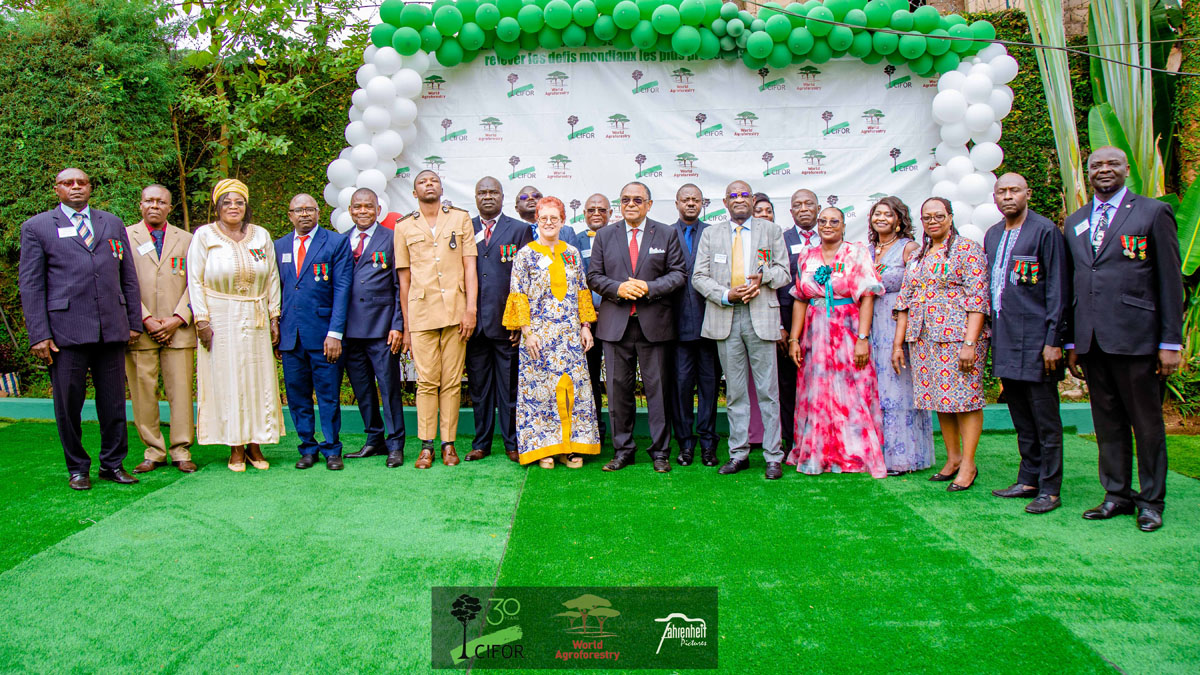Attempts to encourage smallholder tree growing with policies and incentives have had variable outcomes, and earlier research and theories have identified various important factors in the enabling environment and in promotional policies. Outcome effectiveness of policies and incentives depends on the socioeconomic context where they are applied, the overall political and market environment, policy perseverance, and relevancy of incentives to target the actual hindrances for tree growing. A systematic analysis was carried out to complement previous qualitative research, and to clarify which factor combinations produce increased smallholder commercial tree growing in developing country contexts. We applied two-step Qualitative Comparative Analysis (QCA) to identify necessary and sufficient factors related to tree growing between 1990 and 2015 in Indonesian Java, Kalimantan & Sumatra, Lao PDR, Tanzania, Uganda, and Vietnam. Data were collected through field research in Tanzania and Lao PDR, and through a literature review covering all the countries. Strong tenure rights and demand were identified as necessary factors for tree growing and, in a few cases, they were also the only sufficient factors needed to trigger tree growing. Well-functioning wood markets or a strong tree growing knowledge base combined with direct incentives played their role as sufficient conditions, as they were present in most cases when tree growing area expanded. Indirect incentives were insignificant as an enabling factor in our case countries. A key message to policymakers is that governments are in a central role: firstly, in ensuring tenure rights, and secondly as knowledge service and incentive providers to set up sufficient enabling environments for smallholder tree growing to take off.
DOI:
https://doi.org/10.1016/j.forpol.2020.102173
Altmetric score:
Dimensions Citation Count:

Publication year
2020
Authors
Arvola, A.; Brockhaus, M.; Kallio, M.; Pham, T.T.; Ðào Thi, L.C.; Hoàng, T.L.; Nawir, A.A.; Phimmavong, S.; Mwamakimbullah, R.; Jacovelli, P.
Language
English
Keywords
tree growing, small scale farming, forest products, forest policy, time series
Geographic
Lao People's Democratic Republic, Indonesia, Viet Nam, Tanzania, Uganda






















